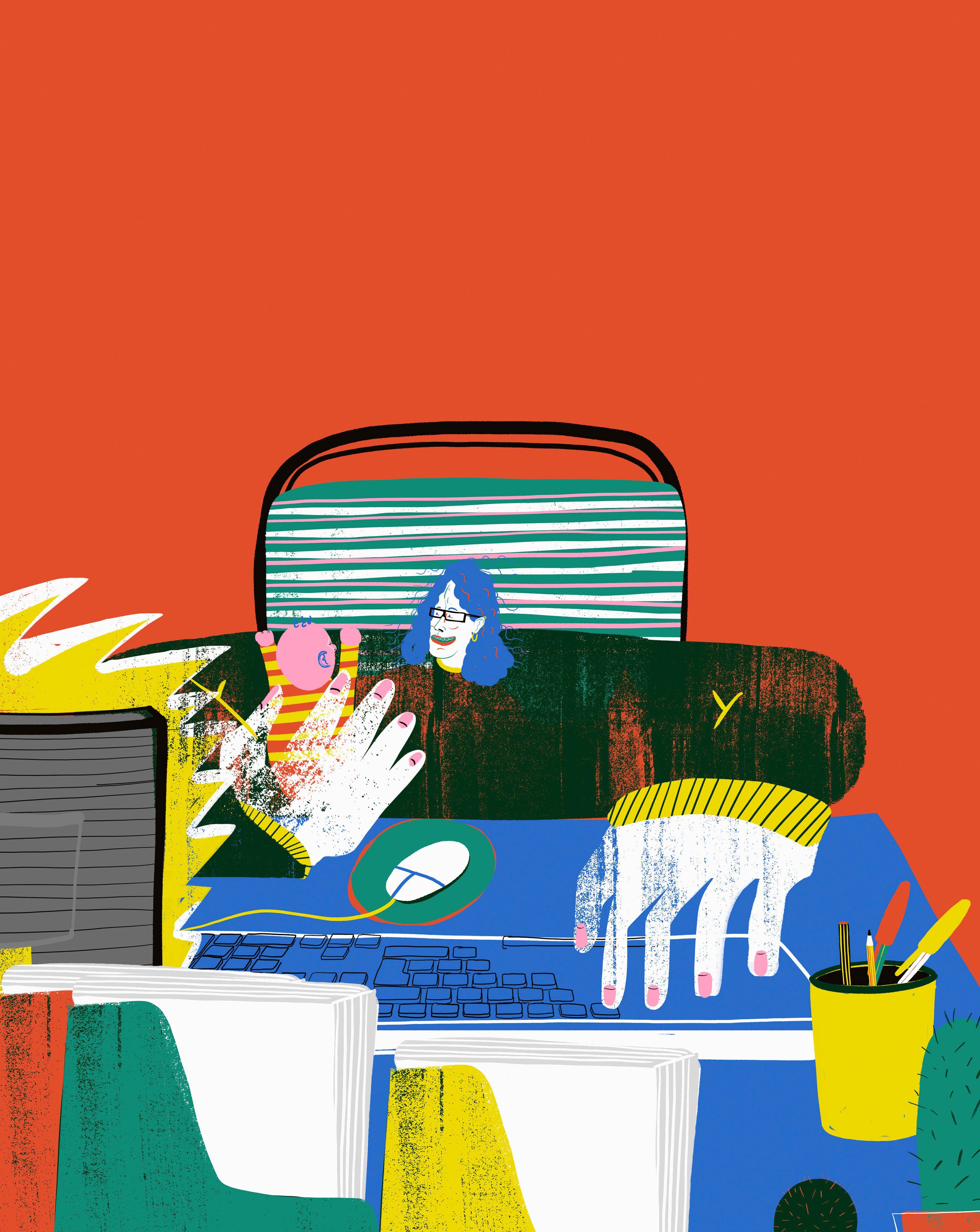
5 minute read
Seeing the World through the Eyes of a Child
It is women who are best placed to inform the design changes that will make a difference to our own lives, so it is imperative that we amplify female voices in order to create more equitable landscapes.
Last year, there was a seismic shift in my world perspective: I became a mother to my beautiful baby daughter, Anna. As an unexpected consequence, my awareness of the obstacles presented to women in our inherited built environment sharpened into maddening focus – firstly as a heavily pregnant woman; then as a cautious new mother (with a bulky pram!); and most recently in mothering a young toddler who is only just beginning to learn how to move around the world by herself. In her book ‘A Feminist City’1, Leslie Kern observes that “as a new mom, the city was a physical force I had to constantly struggle against.”I can definitely relate to that, as the consequences of our landscapes having been designed almost exclusively by and for men, for hundreds of years, now seem glaringly evident to me at almost every turn.
What would the opposite look like?
I’d like to think that in a world designed by and for women, the world around us feels safe and welcoming. I’m sure all footpaths are at least wide enough to allow two pushchairs to pass one another without either one having to disembark onto a busy road. Public realm is step-free by design, with regular at-grade crossings providing safe priority passage through cars –of course with reduced traffic, and at reduced speeds. Cycle routes are generous and segregated, and facilitate cargo bikes and trailers as standard. A pregnant lady has plentiful choices of where she might perch for a rest, and perhaps begins to chat to an elderly woman who has paused for a seat on the way home with her groceries.
In a world designed by and for women, streets are designed for the needs of our most vulnerable, not our most able, and so automatically meet the needs of anyone in the community with similar mobility and safety needs.
A woman meanders home at night alone and carefree, without having to consider detouring for visibility, permeability, or light. Streets are overlooked and animated, with clear, unobstructed sight lines encouraging interaction as people feel comfortable enough to voluntarily engage with strangers. No-one worries that they shouldn’t be there so late, or feels the need to cross the street in fear.
The landscape enables friendship.
Young girls grow up with play spaces to suit their needs. Parks incorporate places to gather, sit and chat alongside spaces for football and skateboarding; and open spaces for performance and social exercise are as common to pass by as climbing frames. Facilities essential in caring for infants, disabled and elderly people are well considered in all public space; and critically, the landscape is walkable, enabling people of any age and with any level of mobility to participate independently for as long as possible and also for resources to be shared easily between support networks.

1 Feminist City: Claiming Space in a Man-Made World Hardcover – 7 July 2020
Caring for others is inherent in how places work.
Of course, the reality is that our environment is entangled with social and cultural norms which have developed over centuries, and there isn’t an easy or quick fix to many of the embedded issues we face in many of today’s landscapes. But as my sensitivities to these issues have heightened, so too has my resolve and drive for change – and I’m hugely optimistic that the future of landscape is inclusive.
Fundamentally, it’s women who are best placed to inform the design changes that will make a difference to our own lives, so it’s imperative that we amplify female voices in order to create more equitable landscapes. We’ve already made massive progress: there are now more and more women engaging with the issues around what our collective environment should look like, in all different ways.
Meaningful consultation and co-design enable women to join the conversation at local level. Engagement with schools has become standard good practice, and as a result raises awareness within families of local development projects. Events are organised to tie in with school pick up times and after mealtimes to counteract previous obstacles to female participation. Technological advancements in GIS and open data for cities also now facilitate the use of female social data in analysis and design. For example, typical commuting routes by women – which are often more convoluted than the direct routes taken by men as we navigate school drop offs, elderly care, or grocery shopping enroute to and from work – can now be used as part of baseline analysis and help to inform a considered and inclusive design response.
Perhaps most importantly, new campaigns and initiatives like Women in STEM and Choose Landscape are encouraging more and more girls into built environment professions. In our studio, for the first time ever, we have more female landscape architects than male, working together openly and collaboratively to create the best landscapes we can, which are useable by everyone. From a personal perspective, being able to advocate for spaces that will work better for my daughter and other little girls like her is a huge motivation for me, and I hope that every project we work on now goes a little way to helping her feel more that our landscapes are for her too – I’m certainly designing them with her in mind.
Lisa McRavey CMLI
Lisa McRavey CMLI is a Senior Landscape Architect with independent Scottish landscape architecture studio RaeburnFarquharBowen. Having originally studied architecture, her experience in multidisciplinary practice quickly led her to become a passionate landscape architect.

Lisa McRavey










